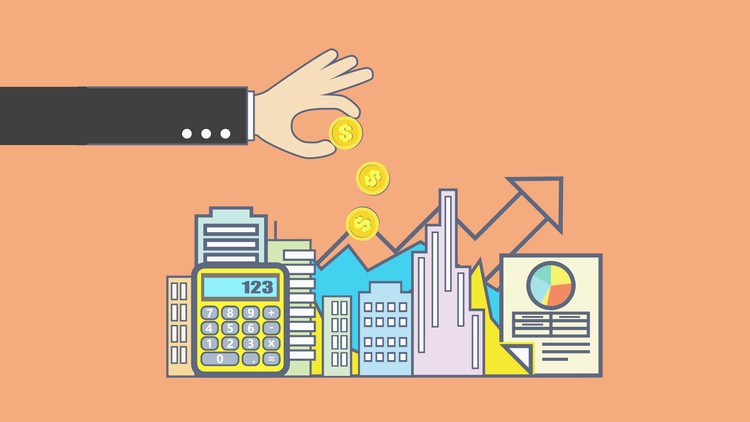Robert Kiyosaki, co-author of the New York Times Bestseller” Rich Dad Poor Dad,” often recounts his childhood conversations with his financial mentor, Richard Kimi. The key lesson that Kimi imparts onto Kiyosaki about the difference between the financially well off and those in poverty: the poor only pay for expenses, while the rich only buy assets.
You don’t have to be a CPA certified accountant to understand the difference between these two terms. Expenses are whatever drains you of your wealth, whether it be your bills, poor spending habits, or taxes. Assets, on the other hand, are thought by many to be just your income from your job or business. However, there are plenty of other opportunities for wealth accumulation that can be considered more “passive.” That is, you don’t actively have to take care, monitor, or look after them for them to build your net worth. These mysterious assets come in the form of investments and all their immediate benefits.
Investing is yet another form of financial literacy not taught in most schools; however, it is a relatively simple practice anyone can learn. Let’s say it is the year 2007, and you have just earned a $1000 check after a long, hard week’s work that you then transfer into your checking bank account. After you pay off all your bills and other immediate expenses —which should always be your priority— you are left with around a generous estimate of $600. You, as a responsible person, would follow the 20% rule and then put $200 in your savings account, which leaves you with $400. You may then be thinking “Man, I’ve been working so hard lately. I should treat myself and get the latest gaming console or that new iPod touch I keep hearing about. ”
But what if you were to control that impulse and use that money more productively? So you go back to your bank and ask to open a brokerage account that will let you store money meant solely for investing. Then you decide to buy stocks which are pieces of a company you can claim ownership over. You remember how hot the demand is for your favorite console and the latest iPod is, so you split your leftover money and buy stock in their respective companies. $200 is spent on buying shares of Sony, while another $200 goes to buying Apple stock. Fast forward to 2020, where a pandemic has swept the world, and more and more individuals have both invested in as well as bought the products of those same companies whose stocks you had invested in thirteen years prior. Conservative estimates have a single AAPL stock as being around 18x more today than what it was in 2007. That means, right now, you’d have about $3,600 in AAPL stock alone to add to whatever your Sony returns are as well as your income. You’ve successfully increased all your assets, but imagine if you had kept buying those companies’ stocks as wells as diversified and tried your hand with other kinds of companies. More on that later.
Tune in next time as we discuss mutual funds and diversification.


